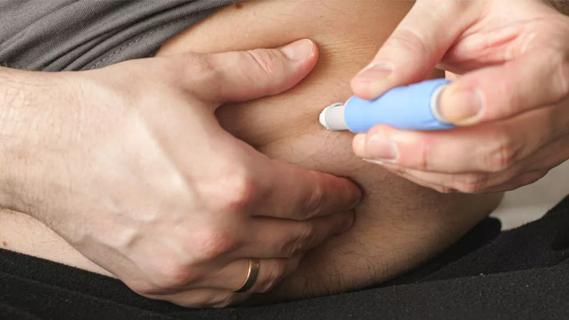Pinpointing factors associated with patient satisfaction

Research shows that that patients generally like telemedicine, but a new Cleveland Clinic study delves deeper into why it’s a hit. The study examines the patient, physician and medical encounter characteristics that have the greatest impact on the patient’s overall satisfaction.
Cleveland Clinic is a non-profit academic medical center. Advertising on our site helps support our mission. We do not endorse non-Cleveland Clinic products or services. Policy
Direct-to Consumer (DTC) telemedicine is an opportunity to advance patients’ access to medical treatment to 24-hours a day, via phone and web virtual visits. It has made access to medical care easier, faster and more affordable for some patients.
The nationwide study analyzed data from 28,222 medical encounters between 24,040 patients and 277 physicians. The study used data from a DTC telemedicine provider, the Online Care Group (OCG). The OCG pairs patients with physicians 24 hours a day. Patients can report insurance information, or choose to pay out of pocket. A typical visit was found to cost $49. The patient lists the reason for the encounter, and they are placed in a queue to be paired with a physician from anywhere in the country. At the end of the medical encounter, the patient was asked to rate their telemedicine physician from zero to five stars.
The study found that the two leading factors that directly impact a patient’s satisfaction with DTC telemedicine were whether or not a patient is prescribed medication after their medical encounter, and whether they used a coupon to lower the cost of their visit. These findings were not unexpected according to Kathryn Martinez, PhD, MPH, lead author of the study. “It’s not surprising that people like getting something versus nothing, but we don’t know how this might differ from patient satisfaction with urgent care. Do patients expect to get prescriptions more in telemedicine versus other care settings? This is a question we still have to answer.”
Additionally, 30-39 year olds rated their physicians more highly than 20-29 year olds. Patients who used the system more than once during the duration of the study were more likely to give their physician a higher satisfaction rating, as were people calling on behalf of younger pediatric patients. Overall, 85 percent of patients rated their satisfaction level with their physician five stars.
The average length of each medical encounter was 6.6 minutes, and the average length of time a patient waited to be paired with a physician was 5.3 minutes. The majority of physicians involved in the study were general practitioners trained in U.S. medical schools.
When patients were asked to describe where they would have gone had they not utilized the telemedicine system, 43 percent said they would have visited an urgent care or a retail clinic, 29 percent would have gone to a doctor’s office, 15 percent would have done nothing, and 6 percent would have gone to the emergency department. DTC telemedicine provides a low-cost, easy to access alternative for patients without health insurance.
DTC telemedicine is a rapidly growing practice. Some patients see it as a viable and sometimes preferred method of receiving medical treatment. However, under current patterns of usage, it was still found to have little effect on primary care offices or emergency departments.
“DTC telemedicine has the potential to increase access to high-value care, particularly for those patients who don’t have the time or means to get to a brick and mortar setting,” says Dr. Martinez. “However, because patients face very low barriers to accessing care, it also may increase demands for some low-value services. The next phase of our research will be figuring out which conditions are best suited to telemedical management so we can make the most of this exciting new care setting.”

Perserverance may depend on several specifics, including medication type, insurance coverage and medium-term weight loss

Key findings and clinical takeaways

Study shows some surprising findings

Contraindication for migraine without aura based on decades old data

Provides valuable data to guide public health and research priorities

Patients report better mood, less stress, more comfort

OMT may be right for some with Graves’ eye disease

Integrate climate-related health information and counseling into your practice